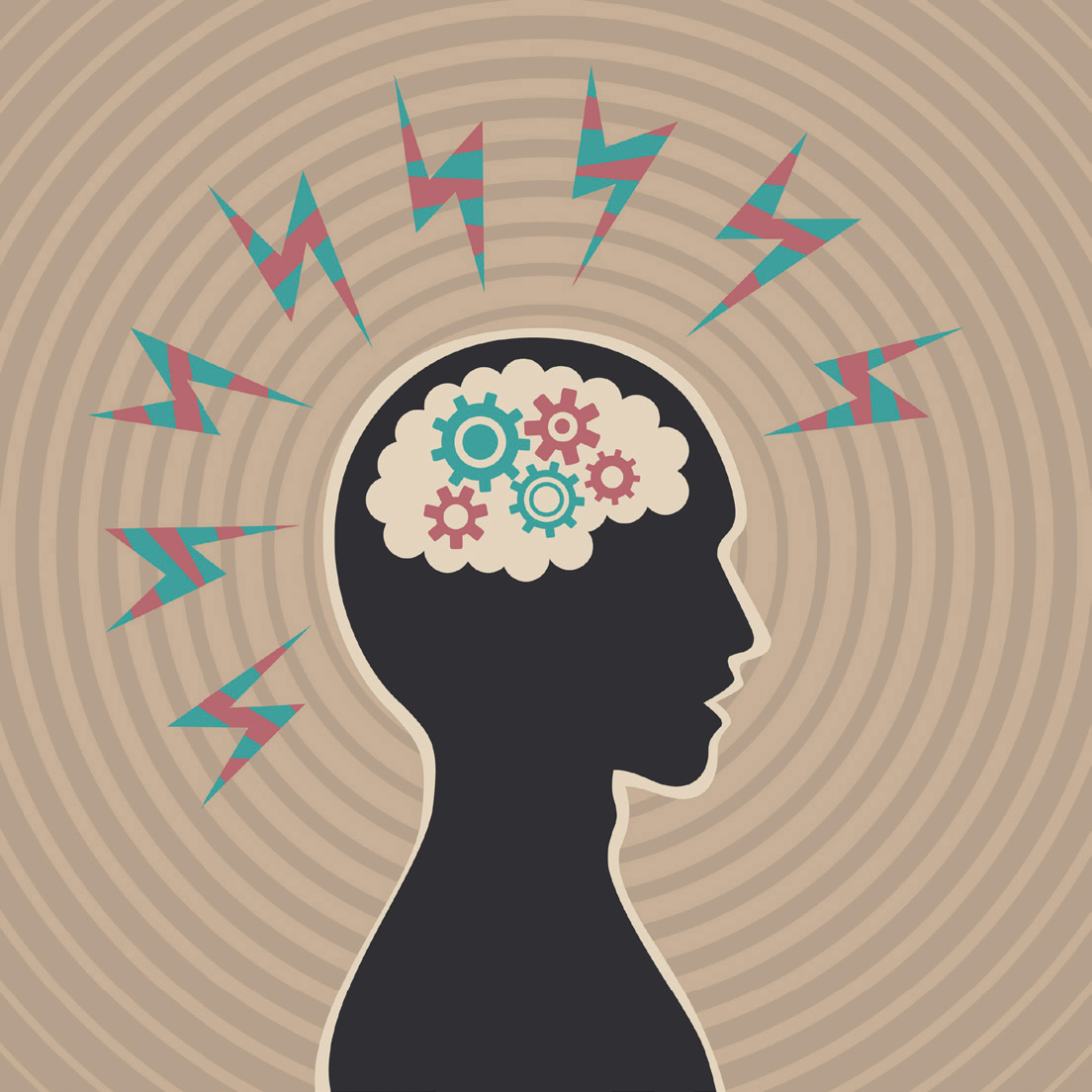This study explores the experience of ‘suffering’ from the patient's perspective. Although undertaken in an emergency department (ED), it has clear relevance for other healthcare professions.
The authors identify that physical pain can be a significant issue for people presenting in the ED and they support the current focus on timely and effective pain management. However, at the same time, they urge clinicians to consider the overall burden of ‘suffering’ on their patients. Suffering can include a wide range of physical symptoms, e.g. nausea, dizziness, discomfort, as well as psychological or emotional conditions, e.g. anxiety, panic, low mood.
The aims of the research are to describe the nature of ‘suffering’ as experienced by patients attending the ED, and to explore how patients would like their suffering to be managed in the ED.
During May and June 2012, 125 patients (over the age of 16 years) presenting at the ED at the Manchester Royal Infirmary agreed to participate in brief, face-to-face questionnaires both at the time of arrival and just prior to leaving the ED.
They were asked if they were ‘suffering’ and if so, how and why, and what they hoped would be done for them. Additionally, they were asked to rate their pain status using a pain scale (0–10), with zero representing no pain at all.

Just prior to leaving the ED, after having seen a clinician, patients were asked what had been done to reduce their suffering and whether or not anything had happened whilst being in the ED that may have increased their suffering.
Analysis of the data included descriptive analysis reporting the frequency of responses to the different questions, and inductive thematic analysis identifying emergent similarities and differences within the data.
Overall, 77 (61.6%) participants identified that they were suffering at the time of arrival. The phenomenon of pain in relation to suffering produced a mixed picture. Although 90 people reported having some level of pain, only 37 (29.6%) identified that the pain was causing their suffering. Fourteen patients had no pain (score of 0/10) but said they were suffering, and two patients with pain scores of ≥7/10 reported that they were not suffering.
The question ‘In what ways are you suffering?’ elicited 37 different responses, including: pain, headache, anxiety, worry, nausea, drowsiness, shortness of breath, stress, uncertainty, and concern.
In relation to the question: ‘How do you hope we will help you to feel better?’ 100% of patients gave at least one response, with the most common, possibly unsurprisingly, being a desire for a diagnosis (n=35). Other examples included reassurance (n=25); pain relief (n=13); discharge (n=13); medication review (n=5); access to social services (n=2); easing anxiety (n=1); Doctor's note (n=1); reduction of mental suffering (n=1).
Interestingly, when asked ‘Has anything happened to make you suffer more?’, 88 people (70.4%) said no; 21 (16.8%) identified that the waiting time had contributed to additional suffering; 4 people identified painful treatment, with 2 people specifically identifying cannulation; other factors included unfriendly staff (n=1), limited information (n=1), lack of follow up (n=1), and delay in receiving analgesia (n=1).
The inductive thematic analysis revealed three descriptive themes, which in turn informed the development of a conceptual framework representing underlying meanings in the data including: characteristics of suffering in the ED; tensions in patients’ perceptions of need; the importance of care; the importance of closure.
Emerging from this preliminary work is the EPICC framework which directs clinicians to give consideration to four key areas when trying to alleviate suffering: treatment for Emotional and Physical symptoms; relevant Information to be given (explanation, diagnosis where possible); Care (including staff friendliness and attention to basic needs); and Closure (being seen promptly, resolution of the problem and/or referral).
The authors identify some clear limitations of their study with one area of concern being how they arrived at a shared understanding of the term ‘suffering’ with their participants. The investigator was allowed to help clarify the meaning of ‘suffering’ but not to be more specific about examples. As noted in the paper, an alternative method of data collection such as semi-structured individual interviews (which would require longer time to be spent with each patient) would have enabled opportunities to explore issues in more depth. However, in the interests of patient safety, the researchers chose to use brief questionnaires to gather initial, preliminary data so as not to significantly delay patients’ access to clinical care in the emergency setting.
The paper concludes by emphasising the need for further research in this area (involving patient groups as well as clinicians) in order to identify innovative ways to address all elements of patients’ suffering in the emergency department. It appears from this study that there is a burden of suffering which is not always linked to pain, and that non-pain related suffering may be under-recognised in emergency settings.

